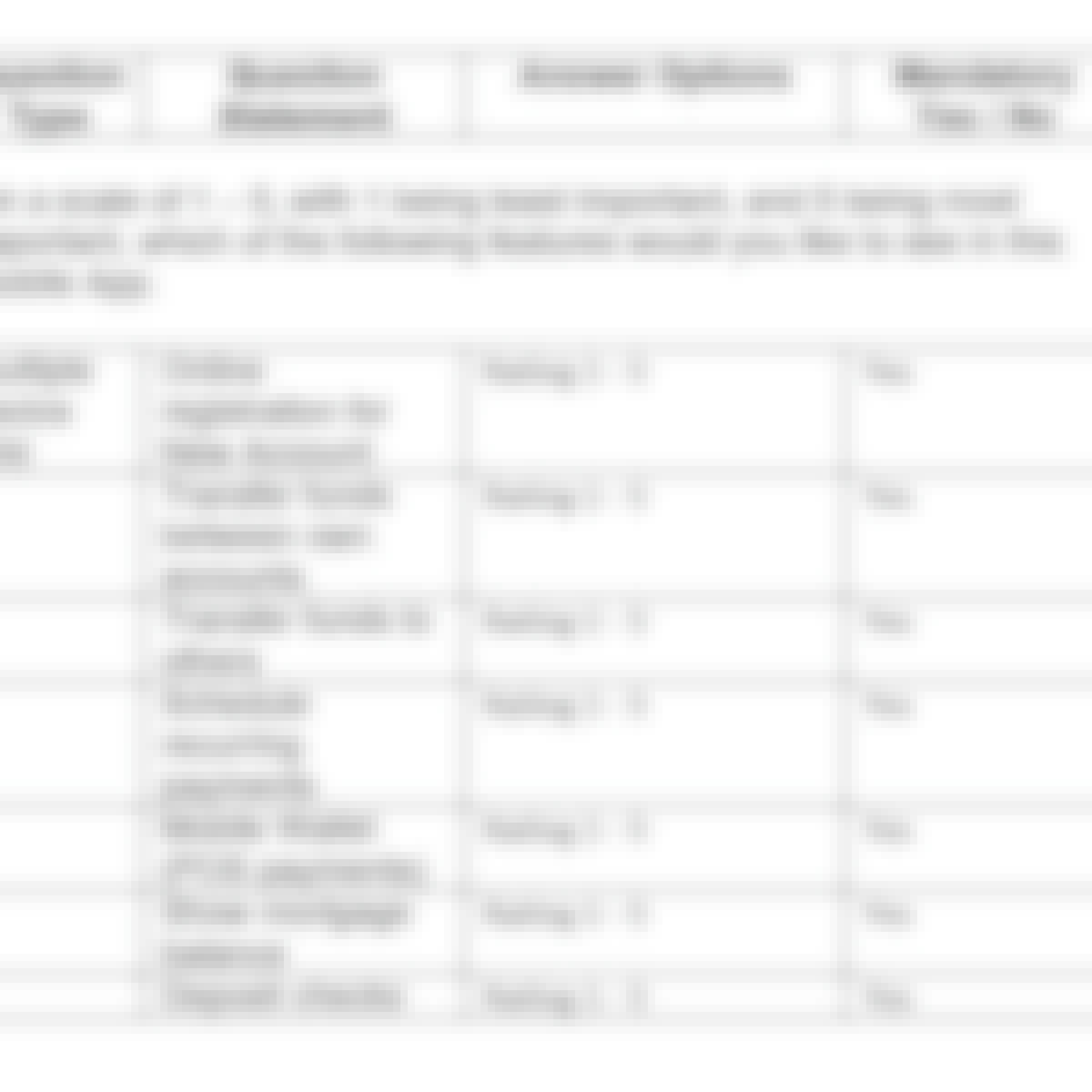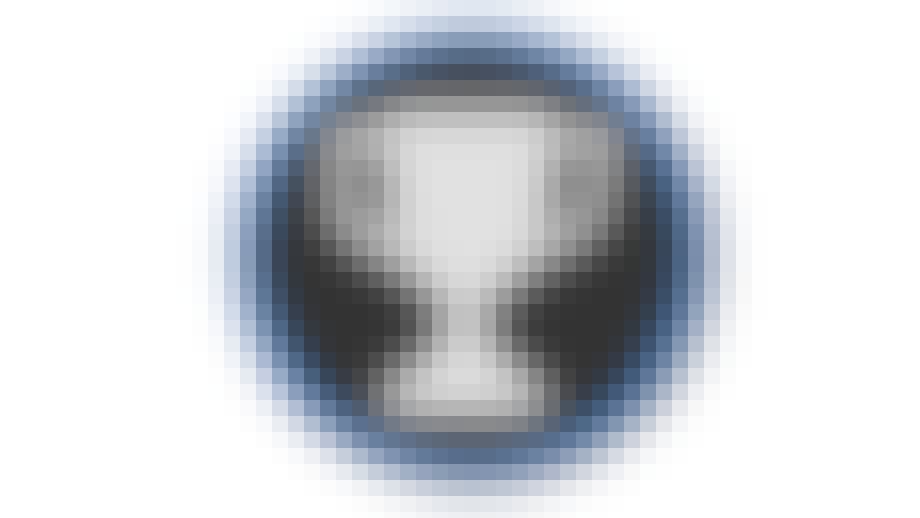Filter by
The language used throughout the course, in both instruction and assessments.
2,110 results for "user experience"

University of Minnesota
Skills you'll gain: Human Computer Interaction, User Experience, Research and Design, User Experience Design, User Research, Design and Product, Interactive Design, People Analysis, Product Design, Software Testing

Skills you'll gain: Digital Marketing, Marketing, Marketing Management, Media Strategy & Planning, Sales, E-Commerce, Data Analysis, Social Media, Search Engine Optimization, Advertising, Communication, Persona Research, Strategy, Web Design, Web Development, Web Development Tools, Writing, Data Management, Market Analysis

Skills you'll gain: User Experience, User Research, Web Design
 Status: Free
Status: FreeDeepLearning.AI

Coursera Project Network
Skills you'll gain: Business Analysis, Market Research, User Research

Skills you'll gain: Software Engineering, Cloud Applications, Application Development, Computer Programming, Software Engineering Tools, Cloud Computing, IBM Cloud, Programming Principles, Web Development, Cloud API, Cloud Infrastructure, Cloud Management, Cloud Platforms, Software Architecture, Agile Software Development, Communication, Computer Architecture, DevOps, Continuous Integration, Software As A Service, Continuous Delivery, Product Development, Front-End Web Development, Leadership and Management, NoSQL, Collaboration, Javascript, Mergers & Acquisitions, Python Programming, React (web framework), Search Engine Optimization, Strategy

University of California San Diego

Coursera Project Network
Skills you'll gain: Data Analysis, User Research

University of Minnesota
Skills you'll gain: Human Computer Interaction, People Analysis, Research and Design, User Experience, User Research

University of Pennsylvania
Skills you'll gain: Game Theory, Critical Thinking, User Experience, Business Psychology, Strategy, User Experience Design, Behavioral Economics, Marketing Psychology, Problem Solving, Product Design

Institute for the Future
Skills you'll gain: Adaptability, Creativity, Forecasting, Critical Thinking, Innovation, Human Learning, Decision Making, Strategy, Problem Solving, Collaboration, Communication, People Analysis, Planning, People Development, Research and Design, Strategy and Operations, Emotional Intelligence, Business Transformation, Game Theory, Leadership Development

Coursera Project Network
Skills you'll gain: Product Strategy
Searches related to user experience
In summary, here are 10 of our most popular user experience courses
- User Interface Design: University of Minnesota
- Google Digital Marketing & E-commerce: Google
- Design a User Experience for Social Good & Prepare for Jobs: Google
- ChatGPT Prompt Engineering for Developers: DeepLearning.AI
- Analyze User Research Data with Microsoft Forms: Coursera Project Network
- IBM Front-End Developer: IBM
- Information Design: University of California San Diego
- Using Google Forms to Analyze User Research Data: Coursera Project Network
- User Research and Design: University of Minnesota
- Gamification: University of Pennsylvania










